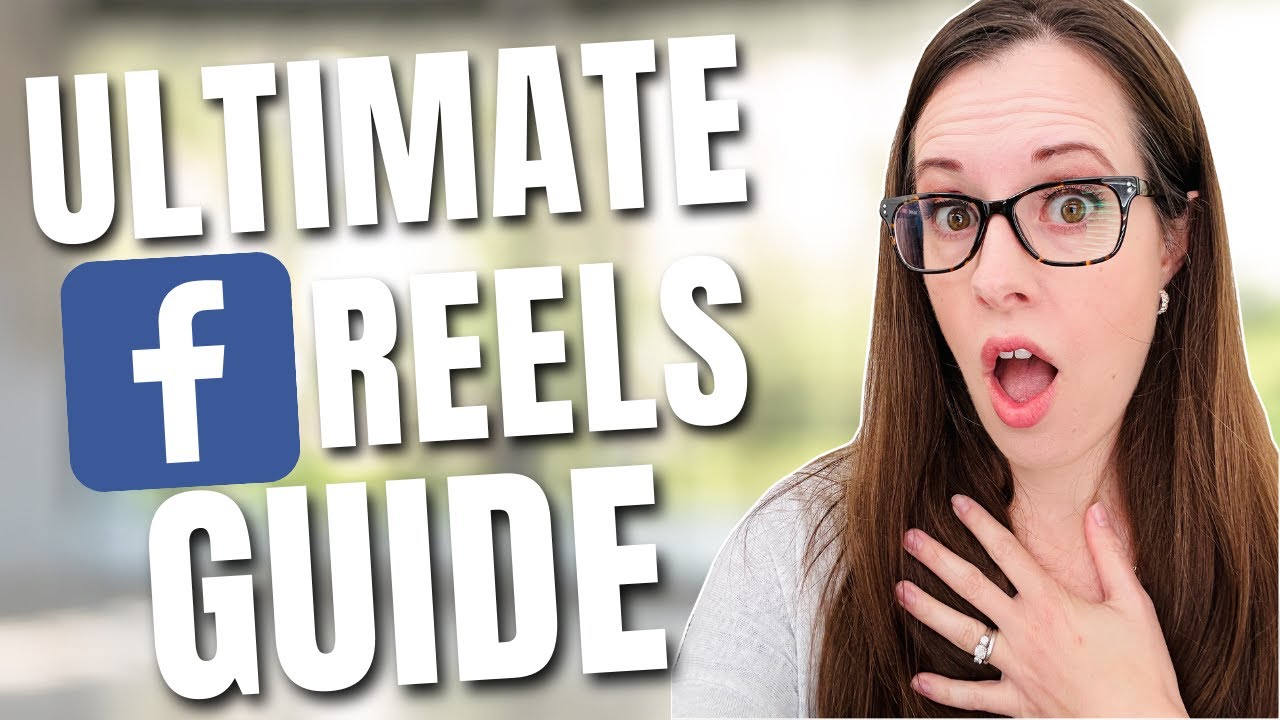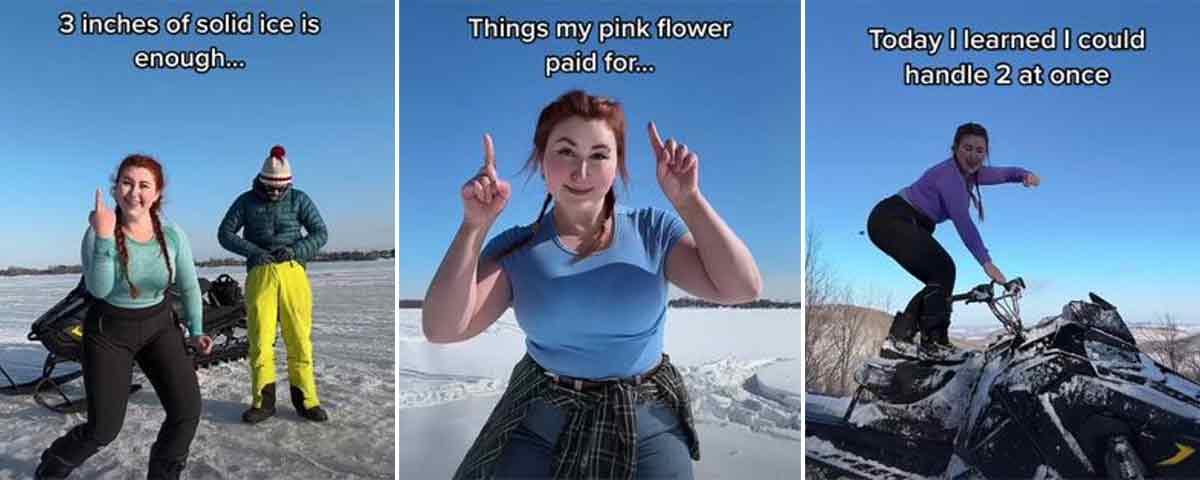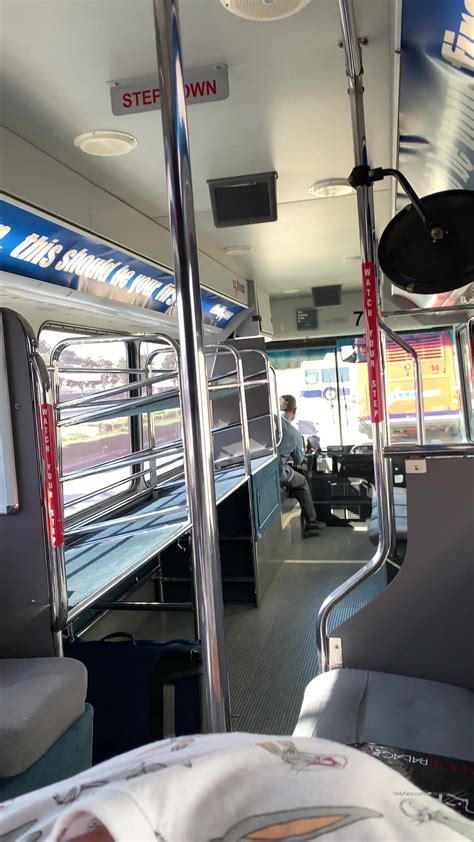The Ultimate Guide to Facebook Photo Dimensions

In the ever-evolving world of social media, optimizing your visual content is crucial for capturing the attention of your audience. When it comes to Facebook, ensuring your photos are sized correctly is essential for an engaging and professional presence. This guide will delve into the intricacies of Facebook photo dimensions, providing you with the knowledge to make your visual content shine.
Mastering Facebook Photo Sizes

Facebook, being a platform with a vast and diverse user base, offers various avenues for visual content sharing. From profile pictures to cover photos and ad campaigns, each element has its own set of dimensions to consider. Understanding these specifications is key to creating an impactful visual experience for your audience.
Profile Picture Dimensions
Your Facebook profile picture is often the first impression you make on potential connections. It’s essential to choose a photo that represents you or your brand accurately and to ensure it’s sized correctly. The recommended dimensions for a Facebook profile picture are 170 x 170 pixels, with a minimum width and height of 160 x 160 pixels. While Facebook will automatically crop and scale your image to fit, providing a well-sized image ensures your photo remains clear and recognizable.
Additionally, it's important to note that your profile picture is displayed in various sizes across Facebook. It appears as a 128 x 128 pixel thumbnail in your profile, as a 50 x 50 pixel icon in comments and posts, and as a 400 x 400 pixel image when clicked on for a closer view. Keeping these dimensions in mind when choosing or editing your profile picture can ensure a consistent and professional look.
| Profile Picture Dimension | Recommended Size |
|---|---|
| Display Size | 170 x 170 pixels |
| Thumbnail | 128 x 128 pixels |
| Icon in Comments/Posts | 50 x 50 pixels |
| Closer View | 400 x 400 pixels |

Cover Photo Dimensions
Your Facebook cover photo is a great opportunity to showcase your personality, brand identity, or a memorable moment. The recommended dimensions for a Facebook cover photo are 820 x 312 pixels, with a minimum width of 820 pixels and a height of at least 312 pixels. It’s crucial to maintain this aspect ratio to avoid distortion when your cover photo is displayed.
While Facebook allows cover photos up to 4740 x 2464 pixels, larger images may take longer to upload and may not provide a significant visual improvement. It's best to aim for a balance between quality and file size. Additionally, keep in mind that your profile picture will be overlaid on the bottom left corner of your cover photo, so ensure there's enough space and that your profile picture doesn't overlap important elements of your cover image.
| Cover Photo Dimension | Recommended Size |
|---|---|
| Display Size | 820 x 312 pixels |
| Maximum Size | 4740 x 2464 pixels |
Post Photo Dimensions
When sharing photos as posts on your Facebook timeline, the recommended dimensions are 1200 x 630 pixels for an eye-catching display. This aspect ratio ensures your image fills the space effectively, making it more engaging for your audience. Facebook allows post photos up to 2048 pixels wide, but it’s best to keep file sizes manageable for faster loading times.
If you're sharing a photo album, Facebook recommends using a 720 x 720 pixel size for square images and 1080 x 1080 pixels for portrait-oriented images. These dimensions ensure your photos look crisp and clear when viewed on high-resolution displays.
| Post Photo Dimension | Recommended Size |
|---|---|
| Single Post | 1200 x 630 pixels |
| Album Square | 720 x 720 pixels |
| Album Portrait | 1080 x 1080 pixels |
Facebook Ads Photo Dimensions
When creating Facebook ads, the dimensions of your visual assets play a crucial role in their effectiveness. Facebook recommends using a 1200 x 628 pixel image for the best display on desktop and 600 x 315 pixels for mobile. These dimensions ensure your ad image fills the available space, making it more noticeable and engaging.
For carousel ads, where multiple images are displayed in a swipeable format, Facebook recommends using a 1080 x 1080 pixel size for square images and 1080 x 1350 pixels for portrait-oriented images. This ensures a consistent and professional look across all devices.
| Facebook Ad Dimension | Recommended Size |
|---|---|
| Desktop | 1200 x 628 pixels |
| Mobile | 600 x 315 pixels |
| Carousel Square | 1080 x 1080 pixels |
| Carousel Portrait | 1080 x 1350 pixels |
File Types and Sizes for Facebook Photos
In addition to the correct dimensions, the file type and size of your Facebook photos also play a crucial role in their display quality and loading speed. Facebook supports a range of image file formats, including JPEG, PNG, and GIF, each with its own advantages and use cases.
JPEG vs PNG vs GIF
JPEG (Joint Photographic Experts Group) is a widely used format for photos, offering a good balance between image quality and file size. JPEGs are ideal for photos with complex color gradients and details, as they can compress the image data without a significant loss in quality. However, JPEG compression can sometimes result in a slight loss of detail, especially in areas of high contrast or sharp edges.
PNG (Portable Network Graphics) is another popular format, especially for images with transparent backgrounds. PNGs offer lossless data compression, meaning the image quality is preserved even after multiple edits and saves. This format is ideal for logos, icons, and images with sharp edges or text, as it can maintain the clarity and transparency of these elements.
GIF (Graphics Interchange Format) is a format often used for simple animations and low-resolution videos. While GIFs can be useful for adding a bit of movement to your Facebook content, they are limited to 256 colors and may not be ideal for high-quality images or detailed photos.
| File Format | Use Cases |
|---|---|
| JPEG | Complex photos, high-quality images |
| PNG | Logos, icons, transparent backgrounds |
| GIF | Simple animations, low-resolution videos |
Recommended File Sizes
Facebook recommends keeping your image file sizes under 30 MB for optimal performance. Larger file sizes can slow down the loading time of your Facebook page, leading to a less-than-ideal user experience. While Facebook will compress images automatically to improve loading times, providing well-sized images ensures your content is displayed quickly and efficiently.
When sharing photos on Facebook, aim for a balance between image quality and file size. High-quality images can enhance the visual appeal of your content, but large file sizes can impact the user experience. It's a good practice to optimize your images for the web, ensuring they are compressed to a reasonable size without sacrificing visual quality.
Optimizing Facebook Photo Quality
Ensuring your Facebook photos are not only correctly sized but also of high quality is essential for an engaging visual experience. High-quality images can enhance your brand’s professionalism and credibility, while poor-quality images can detract from your message and deter potential followers or customers.
Lighting and Composition
The lighting and composition of your photos play a crucial role in their overall quality. When taking photos for Facebook, aim for well-lit scenes with even lighting to avoid harsh shadows or blown-out highlights. Natural light is often the best option, but if using artificial lighting, ensure it’s diffused and evenly distributed to avoid harsh contrasts.
Composition is also key. Follow the basic principles of photography, such as the rule of thirds, leading lines, and balance, to create visually appealing images. Pay attention to the background and ensure it complements your subject rather than distracting from it. A clean and simple background can often enhance the focus on your main subject.
Color Correction and Editing
Color correction and basic editing can significantly enhance the visual appeal of your Facebook photos. Adjusting the white balance, contrast, and saturation can make your images pop and ensure they are accurately representing your brand or message.
When editing your photos, avoid over-editing or using excessive filters. While a slight enhancement can improve the overall look, too much editing can make your images appear unnatural and detract from their impact. Strive for a natural and authentic look that aligns with your brand's aesthetic.
Consistency and Brand Identity
Maintaining consistency in your Facebook photo quality and style is essential for building a recognizable brand identity. Consistency helps your audience instantly recognize your content and associate it with your brand or message. It also adds a level of professionalism and reliability to your Facebook presence.
When creating or curating visual content for Facebook, consider your brand's color palette, typography, and overall aesthetic. Ensure your photos align with these elements and maintain a consistent look and feel. This consistency can be achieved by creating a style guide or by working closely with a graphic designer or photographer who understands your brand's visual identity.
Conclusion: Elevating Your Facebook Visual Presence
Optimizing your Facebook photo dimensions and quality is a crucial step in enhancing your visual presence on the platform. By understanding the recommended dimensions, file types, and best practices for visual content, you can create an engaging and professional Facebook experience for your audience.
From correctly sizing your profile and cover photos to optimizing the quality of your post and ad images, every detail matters. By paying attention to these specifications and best practices, you can ensure your Facebook visual content stands out, engages your audience, and aligns with your brand's identity and goals.
Remember, in the world of social media, a well-crafted visual can speak volumes. So, take the time to master the art of Facebook photo dimensions and quality, and watch your visual content thrive.
What is the ideal aspect ratio for Facebook cover photos?
+The ideal aspect ratio for Facebook cover photos is 820 pixels wide by 312 pixels high. This ensures your cover photo fills the space effectively and looks professional.
Can I use different file formats for Facebook profile pictures and cover photos?
+Yes, Facebook supports various file formats for profile pictures and cover photos. However, it’s best to use high-quality JPEG or PNG files to ensure the best display and compatibility across devices.
How can I optimize my Facebook photos for better engagement?
+To optimize your Facebook photos for better engagement, focus on high-quality images with clear and engaging compositions. Ensure your photos are well-lit, have a consistent style, and align with your brand’s visual identity. Additionally, consider using eye-catching captions and calls to action to encourage interaction.



